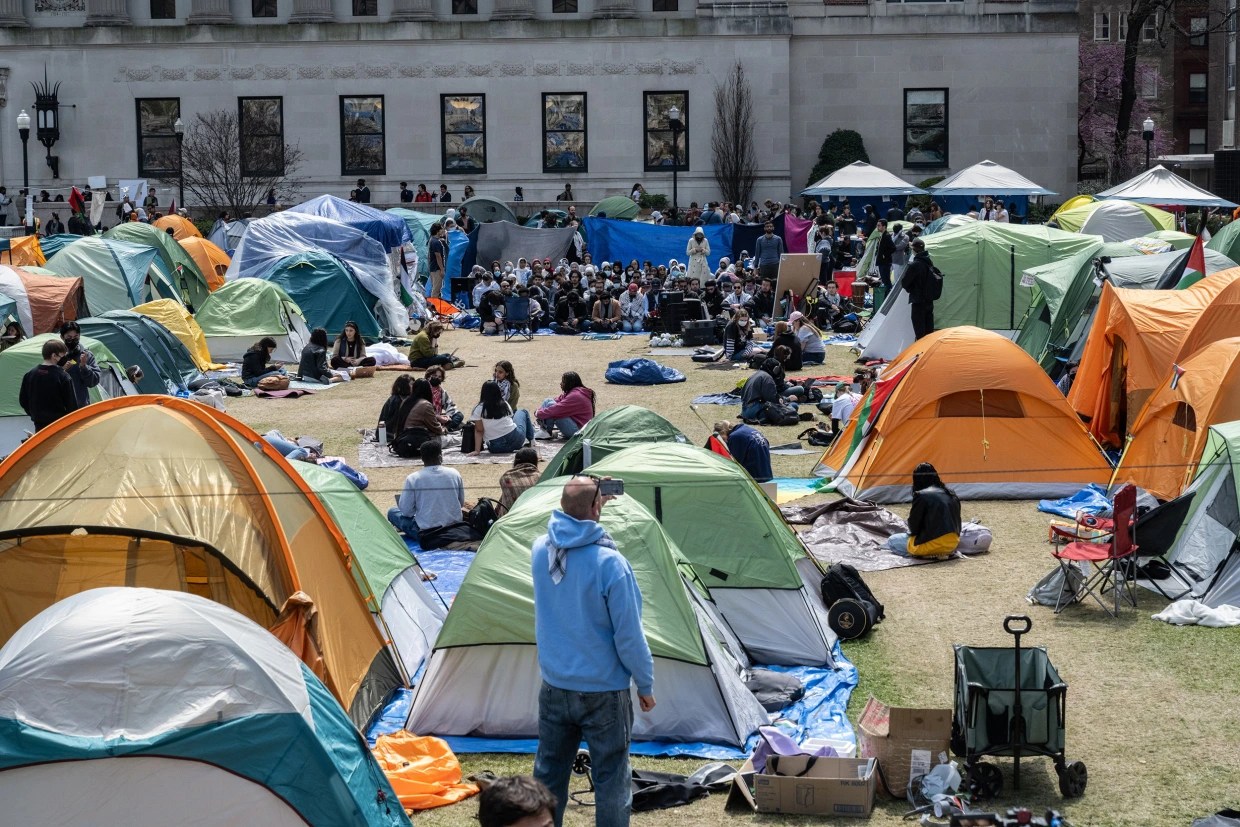Baltimore's Francis Scott Key Bridge carries decades of history.
When it first opened to traffic in 1977, the steel-arched bridge played a key role in shipments across the East Coast.
On Tuesday morning, the transportation passageway was struck by a large cargo ship, causing several vehicles on the bridge at the time to submerge into the frigid river.
While two people were rescheduled from the water, six others are still believed to be in the water, according to Baltimore Fire Chief James Wallace.
Get New England news, weather forecasts and entertainment stories to your inbox. Sign up for NECN newsletters.
Here's what to know about the location of the Francis Scott Key Bridge:
Where is the Francis Scott Key Bridge located?
The bridge is located over the Patapsco River in the southeast region of Baltimore, Maryland.
U.S. & World
The bridge carries Interstate 695, a 51.46-mile highway, often referred to as either the Baltimore Beltway or 695.
How long is the Francis Scott Key Bridge located?
The steel-arched bridge itself is 1.6 miles long and has four lanes.
How deep is the water under Francis Scott Key Bridge?
The section of the Patapsco River under the bridge is approximately 50 feet (15 meters) deep.
What is the Francis Scott Key Bridge used for?
The bridge is key to supporting the Port of Baltimore. Before the collapse, the bridge was considered essential for East Coast shipping routes.
The port's private and public terminals handled 847,158 autos and light trucks in 2023, the most of any port in the country. The port, the closest major port to the Midwest, also helps facilitate transportation of farm and construction machinery, sugar, gypsum and coal, according to a Maryland government website.
Who was Francis Scott Key?
Francis Scott Key is one of Maryland's most famous historical figures, best known for writing the lyrics to the United States' national anthem “The Star-Spangled Banner.”
Key was believed to be near the site of the now-bridge in 1814 when he observed the British bombardment of Fort McHenry. During the War of 1812, he served as quartermaster.



